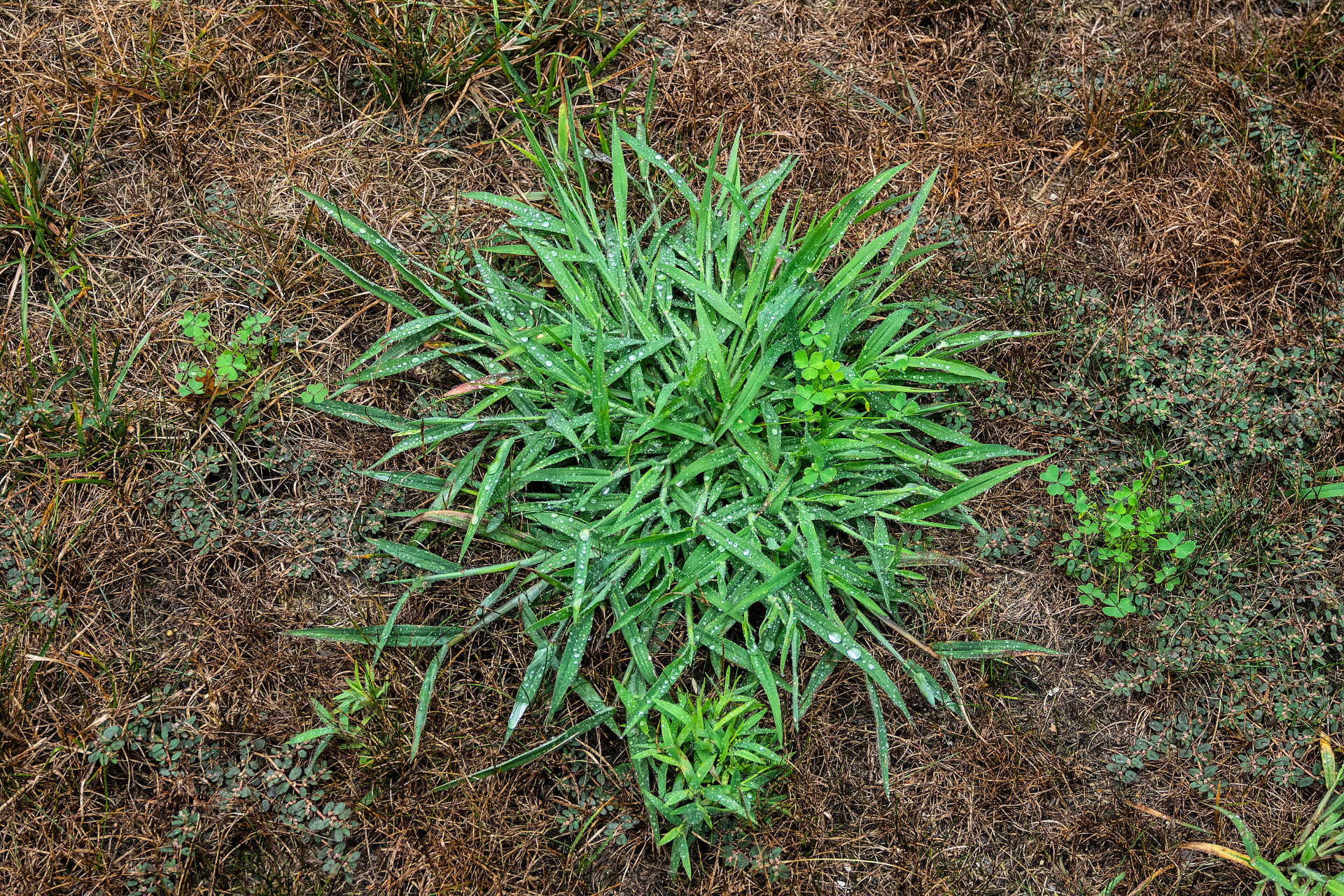Crabgrass: The Aggressive Infiltrator and How to Keep It at Bay
Keep your lawn free this summer.

Crabgrass (Digitaria spp.) is a ubiquitous and tenacious invader in lawns across the world, often frustrating homeowners and turf managers alike. Belonging to the Poaceae family, this annual grass has a remarkable ability to spread rapidly, overtaking weakened or poorly maintained lawns. While its growth can be useful in some agricultural contexts, its presence in urban landscapes is mostly undesirable.
Scientific Classification and Global Spread
Crabgrass is a broad genus that encompasses around 300 species, with the most common offenders in lawns being Digitaria sanguinalis (Large Crabgrass) and Digitaria ischaemum (Smooth Crabgrass). Native to warm regions, particularly in tropical and subtropical climates, crabgrass has adapted to a wide variety of environments globally. Its introduction into North America is often attributed to human migration and trade.
How Crabgrass Outcompetes Your Lawn
Crabgrass thrives in warm, disturbed soils, typically germinating when soil temperatures reach 55°F to 60°F. As an opportunistic grower, it quickly colonizes bare or weak patches in lawns, benefiting from improper mowing, inconsistent irrigation, and compacted soil. This annual grass reproduces both via seed and through stem fragments, creating dense mats that choke out desirable turf species. By the end of the growing season, crabgrass can produce up to 150,000 seeds per plant, ensuring its persistence year after year if not controlled.
Control Strategies: A Multifaceted Approach
Managing crabgrass requires a combination of proactive cultural practices and chemical interventions:
- Cultural Control: Ensure that your lawn remains dense and healthy through proper mowing heights (typically 3 inches or higher for cool-season grasses), deep but infrequent watering, and aeration to prevent compaction.
- Pre-emergent Herbicides: These are your first line of defense, typically applied in early spring, when soil temperatures begin to warm. Chemicals such as pendimethalin or prodiamine are commonly used to inhibit seed germination.
- Post-emergent Herbicides: Once crabgrass has emerged, post-emergents like quinclorac or fenoxaprop can help, but timing is critical. Younger plants are more susceptible, so early intervention is key.
Crabgrass: Friend or Foe in Municipal Use?
Though largely considered a nuisance, crabgrass has found some agricultural utility. In regions where soil erosion is a concern, crabgrass’s fast-growing roots can provide temporary ground cover to stabilize soil. Additionally, in livestock farming, some species are used as fodder due to their robust growth during summer months.
Adverse Effects on Ecosystems
Despite these benefits, crabgrass remains a serious ecological competitor. In lawns, it reduces the aesthetic and functional quality of turfgrass. Furthermore, it often depletes soil nutrients and moisture, leaving behind weakened soil when it dies off. It can also become invasive in natural ecosystems, outcompeting native species and reducing biodiversity.


